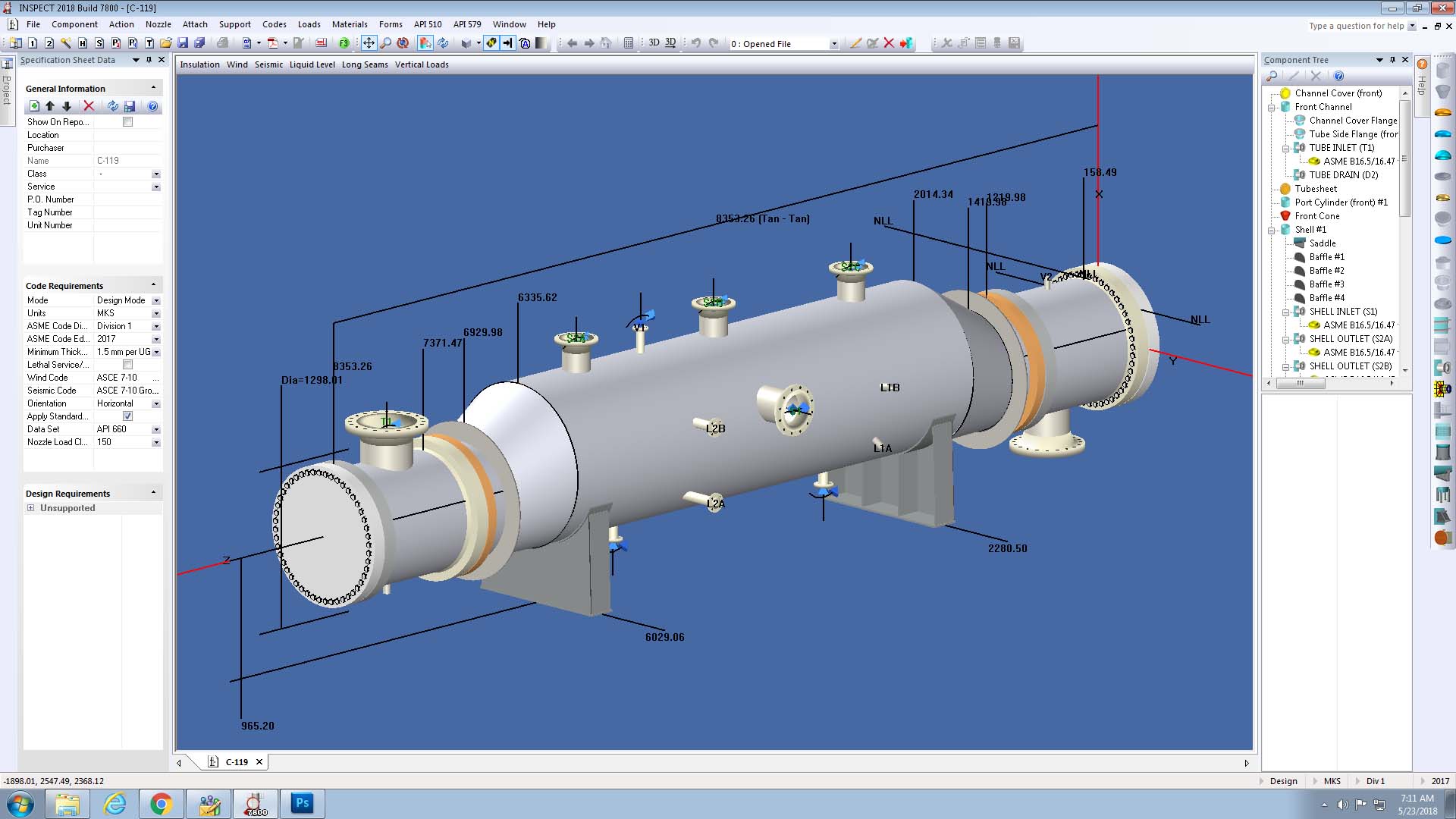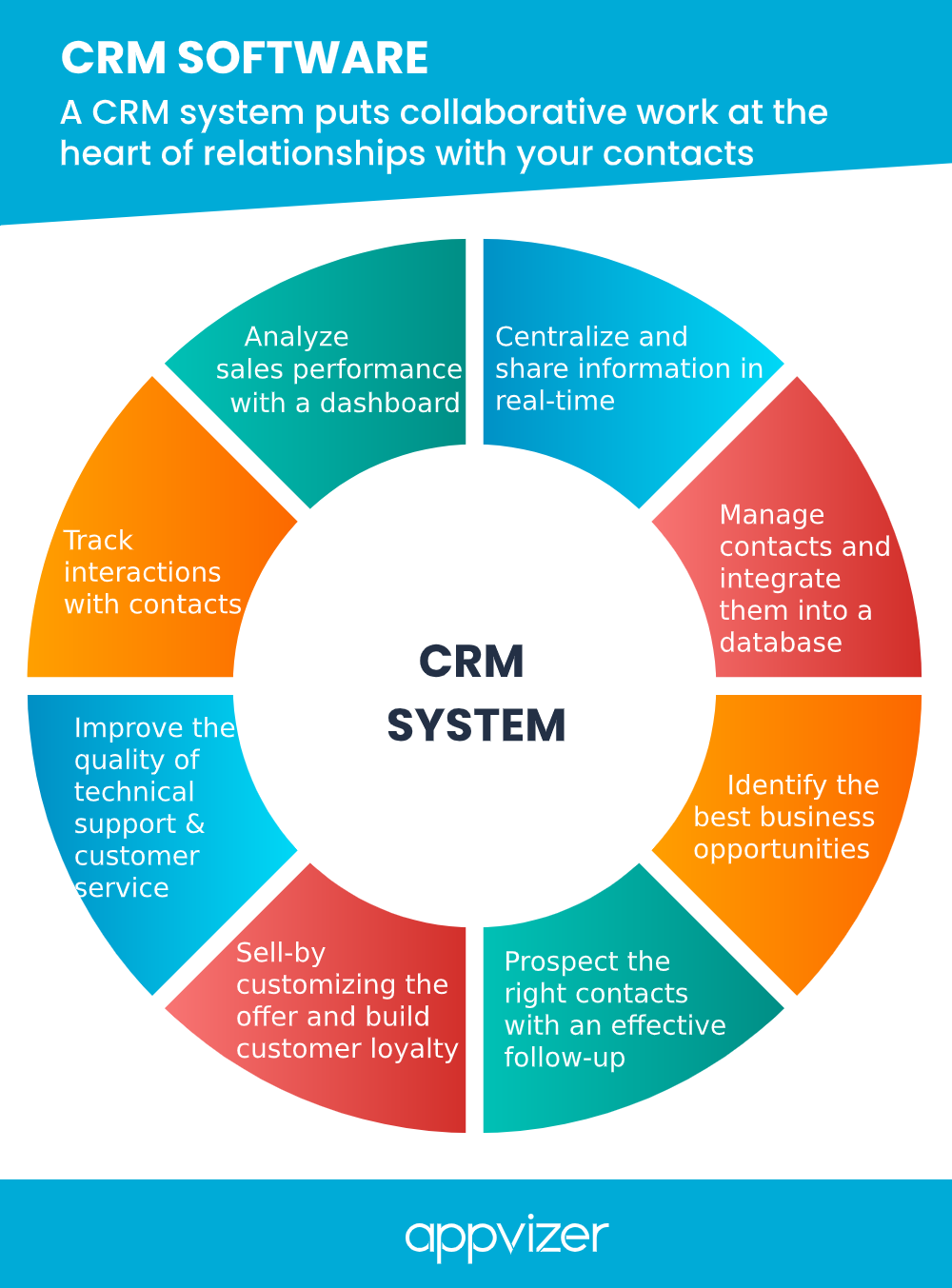
I certainly give more points to HTRI over EDR as I personally could not see any advantage of EDR over HTRI.Ĭan you please elaborate on the following? I cannot use higher tube thickness in EDR where as in HTRI you can put manually any thickness value and the same will be taken in calculation. Moreover, tube thickness also has a limitations. I know normally TEMA type shell and tube does not need this many passes but HTRI has a capability to take passes upto 16nos. It clearly gave me error mentioning this pressure as higher limit which can be calculated. but EDR was not taking pressure more than 130barg. And i got two errors, i am not sure whether its only me who got this error or its a typical error. Moreover this are not TEMA type exchanger but a coil type exchanger where process fluid runs through a single coil having 10 to 15 nos.

In such application pressures are in range of 10,000 Psig to 15000 Psig. In oil field, steam heat exchanger is typically used to heat crude oil or natural gas.
#HTRI SOFTWARE STAND FOR MANUAL#
Whether there are differences between the results or not, I will side with HTRI.įor replacement equipment where I have an exchanger already in service, I usually use the existing exchanger as my starting design, I skip the Aspen EDR step and proceed from my AspenPlus results to HTRI for manual optimization.Ĭouple of more difference as I have recently come across whiling rating oil field steam heat exchanger. Since I have both tools available to me and would never believe EDR results over HTRI, I do not normally bother to try to understand the differences between the exact answers from the two packages. I believe and trust HTRI results. I have toured the HTRI working lab and read some of their extensive research work. In HTRI, I tweak baffle spacing and cut, tube size and layout, diameter and length, etc, until I am satisfied that the final design is robust and near optimal. I send the AspenPlus thermodynamic matrix to HTRI by exporting the Cape-Open package. After I select the TEMA type, diameter, length using EDR, I then use that configuration as a starting point for HTRI. Aspen EDR has easy-to-use optimization tools which makes quick work to get a design.


I currently use AspenPlus to develop my flowsheet and material balances. I use both Aspen EDR and HTRI when designing a shell and tube exchanger in a new service.


 0 kommentar(er)
0 kommentar(er)
